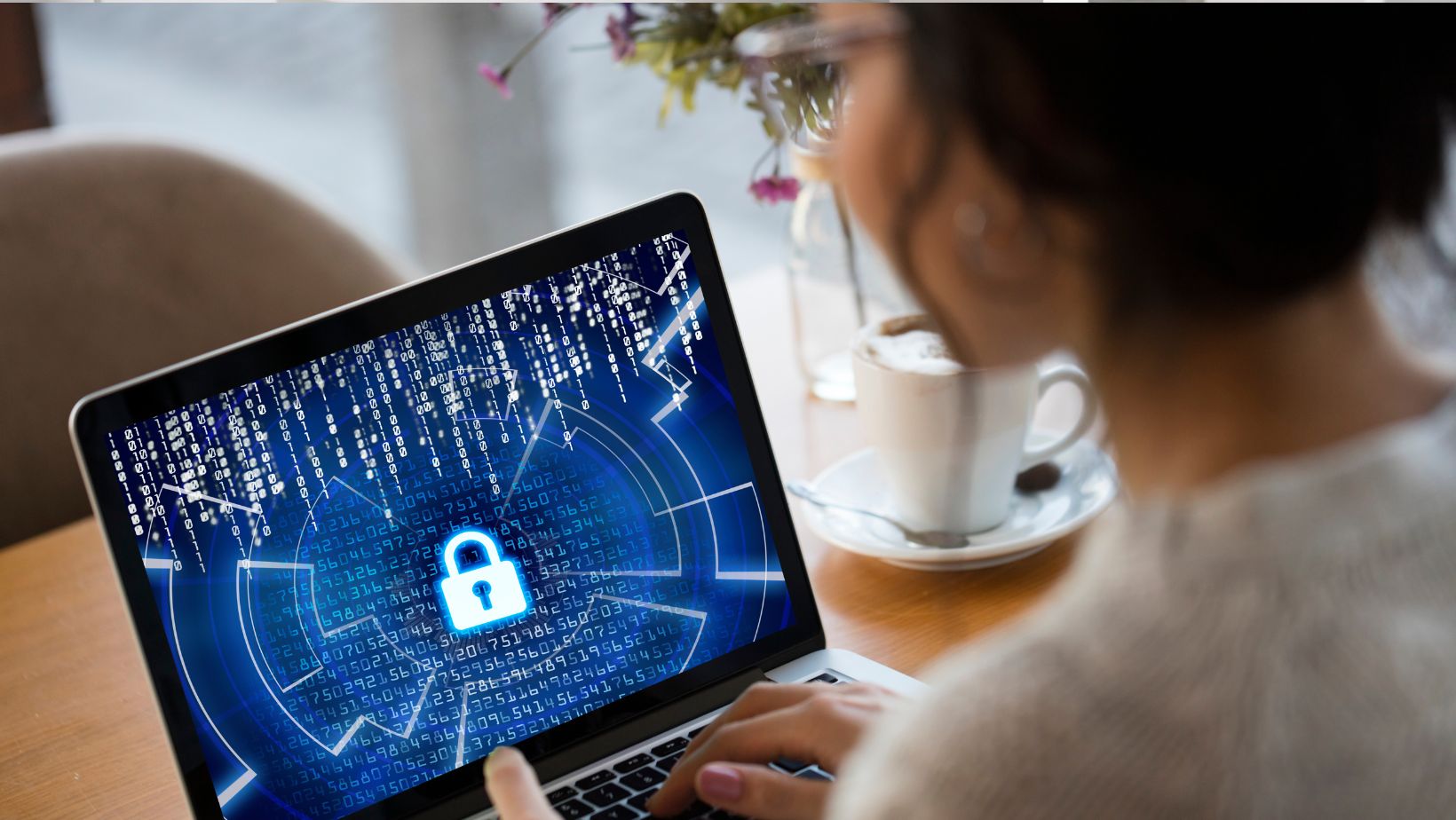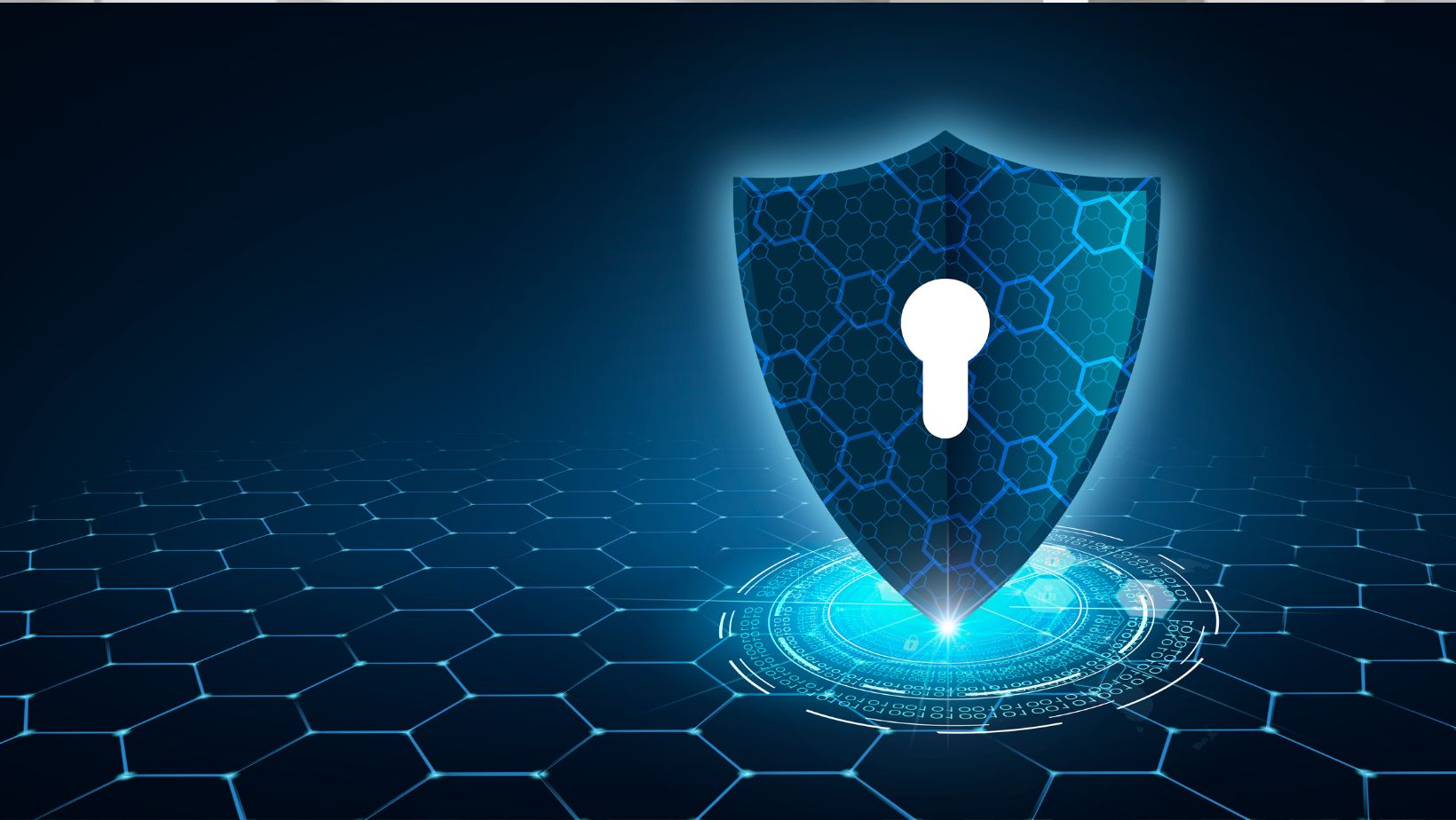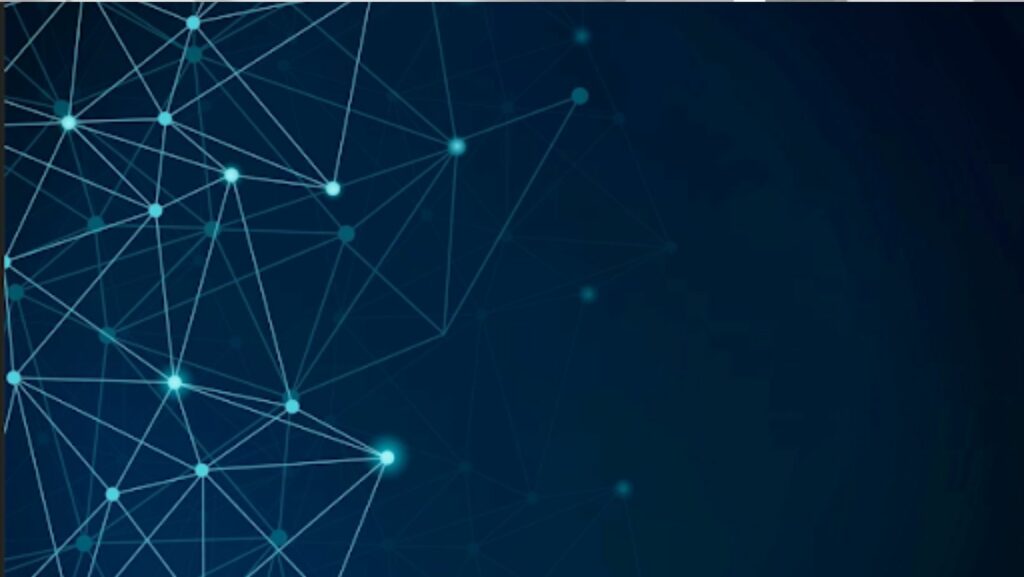It’s no secret that security is a critical concern today. Protecting data, transactions, and identities has become essential. While digital systems offer remarkable efficiency and global connectivity, they also bring serious challenges. Cyber attacks change quickly, and those responsible for defense must adjust with equal speed.
Shifting Threat Landscapes
Criminal methods have grown more refined over time. Phishing attempts now rely on subtle, sophisticated tactics that trick even experienced individuals. Ransomware can cripple entire companies, and the rapid distribution of misleading information undermines both privacy and public peace.
Advanced persistent threats (APTs) are a growing worry. Backed by considerable resources and often driven by political agendas, these attacks can remain hidden within networks for extended periods, sometimes months or years. Recent incidents include coordinated supply chain breaches, where a compromise in one part of a network affects hundreds of companies. As more devices connect online—from enterprise systems to IoT sensors—the potential entry points for attackers multiply. New research shows that even well-secured systems can become targets when a single vulnerability exists.
Innovation on the Defensive Side
Cybersecurity experts are constantly developing innovative methods to detect, block, and respond to emerging threats. New approaches are reshaping defense strategies to be faster, smarter, and more automated.
Some current advances include:
- Zero Trust Architectures: Every user and device must be verified every time, eliminating automatic trust within a network.
- AI-driven Detection: Machine learning monitors vast data volumes to spot anomalies that hint at internal breaches or novel attack vectors.
- Automated Response: Detection tools can immediately disconnect access or isolate affected systems, triggering forensic measures without waiting on human decisions.
- Decentralised Identity Management: Distributed ledger technologies verify digital identities without risk of tampering, ensuring data integrity and trust.
These measures not only boost security but also provide deeper insights into attack patterns that help in updating defensive protocols. Recent studies confirm that organisations using these methods notice improved resilience against sophisticated cyber threats.
The Impact of AI and Machine Learning
Artificial intelligence now serves as both a tool for attackers and a shield for defenders. On the defensive side, AI systems digest enormous amounts of data to detect patterns that would be impossible for a human team to identify. By learning from historical incidents and continuously updating its models, AI improves the detection of threats that have no known signature.
AI aids in countering unknown or zero-day threats by analyzing behaviors rather than merely matching signatures. This shift allows defenders to respond to novel attacks with greater agility. Research indicates that companies using AI detection report faster mitigation times and reduced damage from breaches. At the same time, attackers are experimenting with automated phishing schemes, AI-generated misinformation, and even code designed to bypass standard security measures. The competition between AI-driven offense and defense continues to push both sides towards constant improvement.
The Role of Regulation and Standards
Security goes beyond technology and includes policies, processes, and legal frameworks that govern responses to cyber risks. Governments worldwide are introducing new rules that define how organizations manage data breaches, secure privacy, and address vulnerabilities in their systems. 
Compliance with frameworks like GDPR, NIS2, and strict UK regulations demands ongoing effort and investment. Providers of essential services must not only implement best practices but also prove their ability to detect and report breaches promptly. Parallel to tightening regulations, businesses now rely on third-party services and remote work, making it critical to verify partners continually. Tools like Legal Entity Identifiers (LEI) play a key role in ensuring transparency and compliance. Platforms such as leiservice.co.uk simplify the process of obtaining these identifiers and are widely supported by the growing market of compliant security solutions. Recent regulatory updates also encourage cross-border collaboration, ensuring a more unified global standard for digital protection.
The Human Element
People are both the strongest asset and the weakest link in any security framework. Even the best systems can be undermined by a single successful phishing email or a careless password choice. Companies are now investing in dynamic training programs that simulate real cyber attacks. Interactive drills and tailored courses not only increase individual awareness but also prepare teams to react quickly to potential threats.
Organizations that prioritize continuous education see fewer security lapses and faster responses to incidents. Training now extends beyond basic password advice to include managing suspicious activity and understanding the implications of global cyber trends. The shortage of qualified cybersecurity talent further underscores the need to reskill current employees while attracting new experts to the field. Recent industry surveys have revealed that proactive training and effective communication within teams greatly reduce security incidents.
Cloud Security: Safeguarding the Virtual Frontier
As more businesses move operations to the cloud, protecting virtual assets becomes indispensable. Security efforts shift from defending physical premises to implementing digital perimeters managed by third-party providers.
Key focus areas include:
- Cloud access controls that limit user permissions to only what is necessary.
- Data encryption both when stored and during transmission.
- Detailed monitoring and auditing processes that quickly flag unusual activity.
- Incident response plans designed specifically for distributed and dynamic cloud environments.
Improving cloud security also means continuously reviewing access policies, reducing unnecessary privileged access, performing regular audits, and leveraging cloud penetration testing services to proactively identify vulnerabilities. Recent advances in cloud security protocols indicate that firms employing layered security measures experience fewer breaches. Industry experts emphasize that aligning cloud controls with business needs can prevent costly disruptions even during targeted attacks.
The Growing IoT Ecosystem
The expansion of Internet of Things devices touches nearly every aspect of daily life, from home automation and health care to industrial operations. Everyday items like smart doorbells and fitness monitors now connect to networks that require robust security oversight.
Many IoT devices come with built-in limitations, such as outdated firmware, fixed passwords, or an inability to support standard security software. This situation forces organizations to rethink protection techniques. Cutting-edge solutions include:
- Micro-segmentation, which divides devices into separate network zones.
- Device authentication protocols, ensuring that only approved devices connect.
- Continuous monitoring and anomaly detection systems that catch suspicious behavior early.
| Common IoT Vulnerabilities | Potential Risks | Protective Strategies |
| Weak authentication | Device hijacking, data breaches | Using strong passwords and multi-factor authentication |
| Outdated firmware | Exploitation through known flaws | Regularly updating firmware and applying patches |
| Lack of encryption | Interception of sensitive communications | Enforcing robust, end-to-end encryption protocols |
| Open ports | Unauthorized external access | Careful port management and controlled firewall use |
Recent experiments with IoT security have shown that layered defenses and consistent updates can reduce exploitation risks significantly. Advanced monitoring systems now integrate IoT-specific threat intelligence to provide a more resilient network environment.
Quantum Computing: Threat or Ally?
Quantum computing represents a major shift that could transform digital security. Today’s encryption relies on complex problems that classical computers struggle to solve. Quantum machines, however, could crack these problems in a fraction of the time, potentially undermining current cryptographic methods.

The challenge sparks the development of quantum-resistant algorithms designed to secure data even when quantum computers become prevalent. Extensive research efforts are underway to test and deploy new cryptographic approaches that promise safety against future quantum attacks. Simultaneously, quantum physics is being harnessed to create communication channels that are theoretically immune to hacking. Recent breakthroughs in quantum key distribution provide hope for building what many consider an unbreakable communication network.
Security as a Collective Endeavour
No single organization or individual can confront these challenges alone. With digital systems deeply interconnected, shared responsibility and cooperation are crucial. Platforms for information sharing, joint incident response drills, and industry-wide security standards create a collective defense mentality.
The risk from supply chain vulnerabilities remains critical even if one enterprise has robust measures. Every participant in the network must remain vigilant. Continuous verification efforts, including identity certifications provided by systems like LEI, help maintain transparency and trust between partners. Studies show that collaborative security efforts enhance overall resilience and reduce the impact of attacks across industries.
Security is a dynamic field that demands ongoing learning, creative adaptation, and collective coordination. The proactive steps taken by innovators today are building a safer, smarter digital future for all. Recent success stories across industries demonstrate that when technology, policy, and human expertise converge, cyber threats become manageable challenges rather than insurmountable obstacles.

